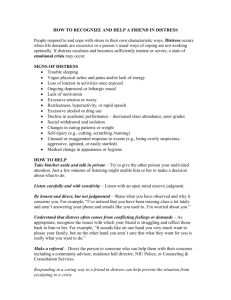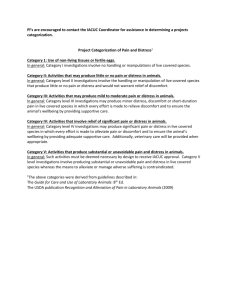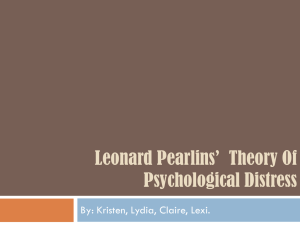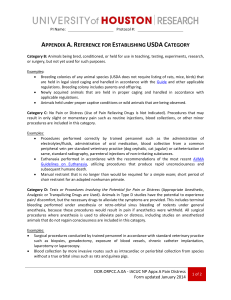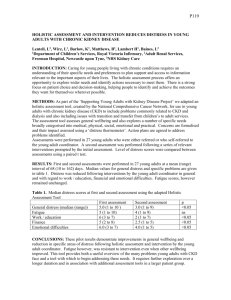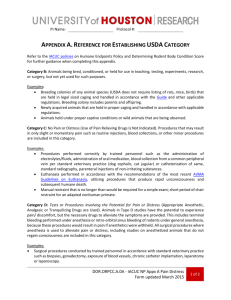2012 - Reading Research: A Workshop for Beginners
advertisement
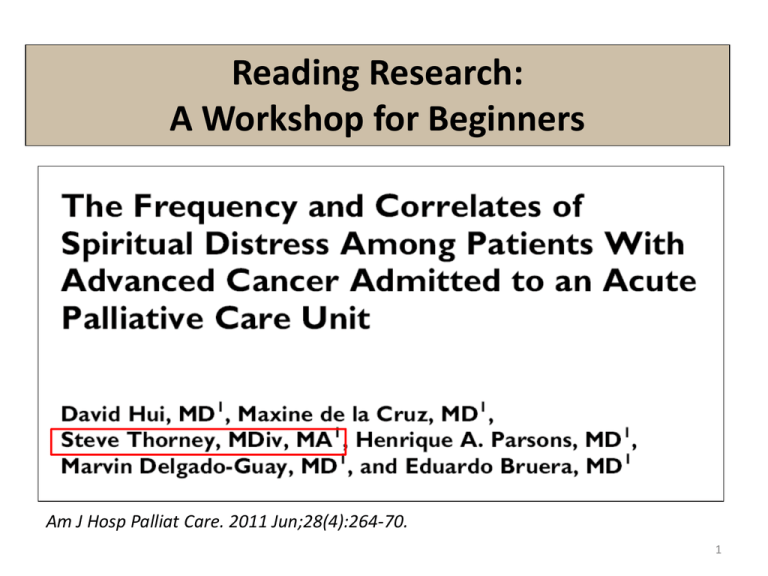
Reading Research: A Workshop for Beginners Am J Hosp Palliat Care. 2011 Jun;28(4):264-70. 1 Aims Substantive aim Understand prevalence and correlates of spiritual distress in palliative care help chaplains develop Methodological aim research literacy Standard 12: Research The chaplain practices evidence-based care including ongoing evaluation of new practices and when appropriate, contributes to or conducts research. (http://www.professionalchaplains.org) 2 David Hui, M.D.,M.Sc.(Biochem),M.Sc. (Clinical Resch), FRCPC Assistant Professor, Department of Palliative Care and Rehabilitation Medicine, Division of Cancer Medicine, The University of Texas MD Anderson Cancer Center, Houston, TX 2010 impact factor .969 3 The Research Summary Outline: A Guide to Reviewing the Evidence Critically 1. Background Importance of topic Review of literature Study aims, research questions, or hypotheses 2. Research methods Sample Study Design Measures Analysis 3. Results 4. Discussion (by the study authors) Integration with other research Limitations Implications for further research 5. Critical Evaluation (your thoughts) 6. Clinical Implications (your thoughts) For your work? For the work of other clinicians? 4 Sample 5 Spiritual Distress Screening Tool Steve Thorney and David Jenkins, MD Anderson Cancer Center Chaplaincy Department. Based on Roy B Nash. Life’s major spiritual issues: an emerging framework for spiritual assessment and pastoral diagnosis. Caregiver Journal 7, no. 1 (1990): 3-42. http://www.acperesearch.net/MDAnderson_spiritual_assessment.pdf 6 Bi-Variate Results: Sp Distress Y/N ESAS 0-10; 10=worst possible 7 Multivariable Results: Sp Distress Y/N 8 Descriptive Results: How Much Sp Distress? What Type? 23% with distress in 3+ 9 Multivariable Results: Distress in Each Domain 10 Critical Evaluation: Weakness & Strengths Implications for Chaplain’s Care 11 www.acperesearch.net 12 Health Care Chaplaincy Improving our Care and Making our Case Through Research -.46*** Hopelessness Religious Belief .69*** .17** ***p<.001, **p<.01. N = 271 Depression 13




